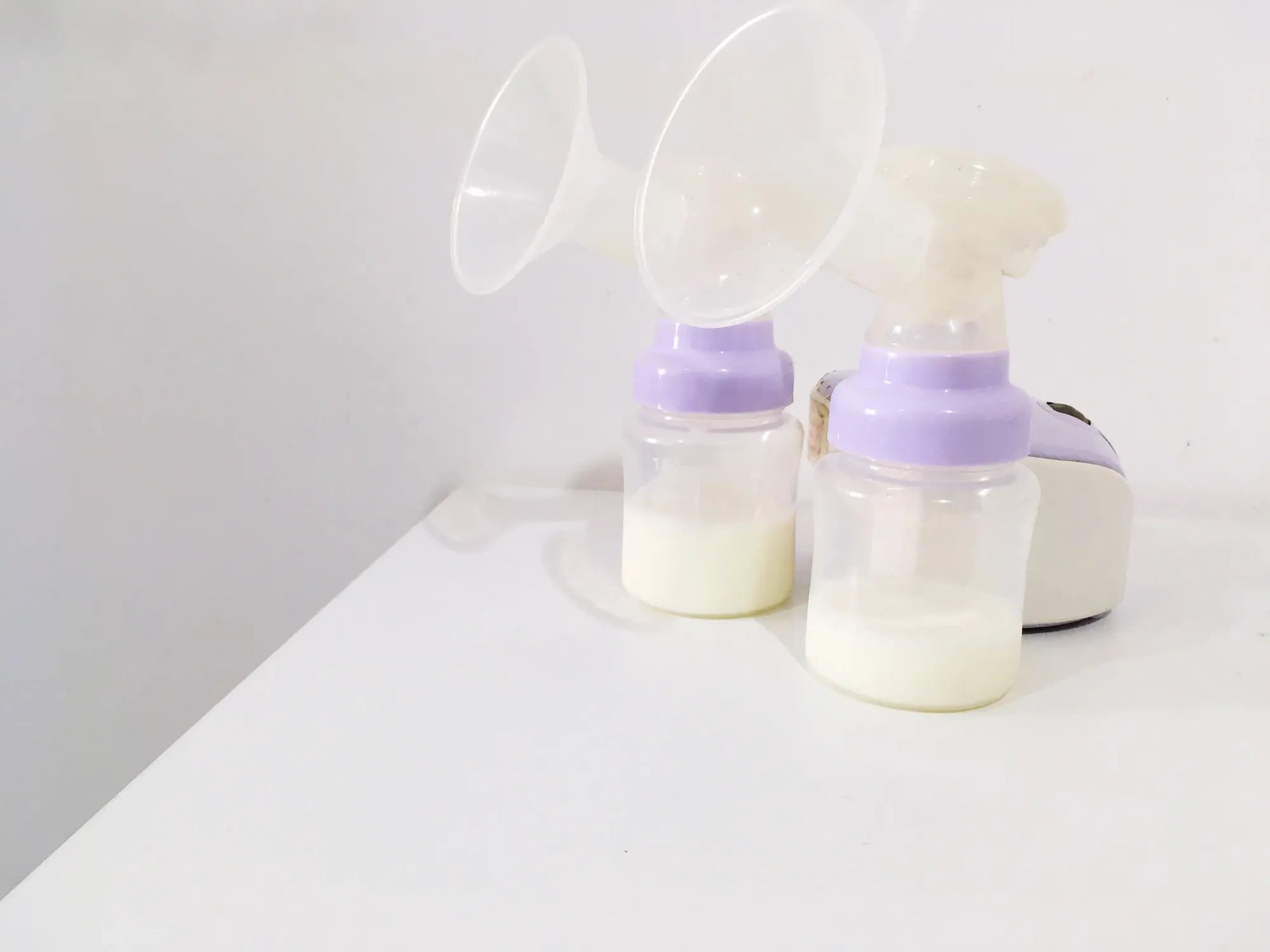Accueil
Pregnancy, Breastfeeding, and Pumping: The Ultimate Guide for Moms
How to Treat Engorged Breasts When Pumping: A Comprehensive Guide

How to Treat Engorged Breasts When Pumping: A Comprehensive Guide
Engorged breasts can be a painful and frustrating experience for many pumping mothers. Understanding how to treat engorged breasts when pumping is essential for maintaining comfort and ensuring a steady milk supply. This comprehensive guide will walk you through the causes, prevention, and effective relief techniques to help you manage this common issue.
Understanding Engorged Breasts
Engorgement occurs when the breasts become overly full of milk, causing them to feel hard, swollen, and tender. This can happen when milk production increases faster than milk removal, often in the early days of breastfeeding or when there is a sudden change in feeding or pumping patterns.
Causes of Engorged Breasts
Several factors can contribute to engorged breasts, including:
- Infrequent or irregular pumping sessions
- Overproduction of milk
- Sudden weaning or reduction in feeding frequency
- Blocked milk ducts
- Incorrect pumping technique
Preventing Engorged Breasts
Prevention is always better than cure. Here are some tips to help prevent engorged breasts:
- Establish a regular pumping schedule
- Ensure proper latch and pumping technique
- Gradually reduce pumping sessions if weaning
- Stay hydrated and maintain a balanced diet
- Use a breast pump that suits your needs
How to Treat Engorged Breasts When Pumping
If you find yourself dealing with engorged breasts, here are some effective strategies to alleviate discomfort:
1. Frequent Pumping
Pumping more frequently can help remove excess milk and reduce engorgement. Aim to pump every 2-3 hours, even if it's just for a short session.
2. Warm Compress
Applying a warm compress to your breasts before pumping can help stimulate milk flow and make pumping more effective. Use a warm towel or heating pad for 5-10 minutes before each session.
3. Massage
Gently massaging your breasts before and during pumping can help break up any blockages and encourage milk flow. Use circular motions and focus on areas that feel particularly hard or tender.
4. Cold Compress
After pumping, applying a cold compress can help reduce swelling and provide relief from pain. Use a cold pack or a bag of frozen peas wrapped in a cloth for 10-15 minutes.
5. Proper Pumping Technique
Ensure that you are using the correct pumping technique to maximize milk removal and minimize discomfort. Make sure the pump flange fits properly and that you are using the appropriate suction level.
6. Hand Expression
If your pump is not effectively removing milk, try hand expression to relieve engorgement. This technique can be particularly useful in between pumping sessions.
7. Pain Relief
Over-the-counter pain relievers, such as ibuprofen, can help reduce pain and inflammation associated with engorgement. Always consult with a healthcare provider before taking any medication.
8. Rest and Relaxation
Stress and fatigue can exacerbate engorgement. Make sure to get plenty of rest and practice relaxation techniques, such as deep breathing or meditation, to help your body recover.
When to Seek Medical Attention
While engorgement is usually manageable at home, there are times when you should seek medical attention. Contact a healthcare provider if you experience:
- Severe pain that does not improve with treatment
- Signs of infection, such as fever or redness
- Persistent engorgement despite frequent pumping
- Difficulty breastfeeding or pumping due to pain
Maintaining Milk Supply
Engorgement can sometimes lead to a decrease in milk supply if not managed properly. To maintain your milk supply while treating engorged breasts:
- Continue to pump regularly
- Ensure proper nutrition and hydration
- Monitor your milk output and adjust pumping frequency as needed
- Seek support from a lactation consultant if necessary
Long-Term Strategies
To prevent future episodes of engorgement, consider these long-term strategies:
- Gradually adjust your pumping schedule as your baby's needs change
- Monitor your milk production and adjust pumping frequency accordingly
- Stay informed about proper pumping techniques and breast care
- Join a support group or seek advice from other pumping mothers
Dealing with engorged breasts when pumping can be challenging, but with the right strategies, you can manage the discomfort and maintain your milk supply. By understanding the causes, implementing preventive measures, and using effective relief techniques, you can ensure a more comfortable and successful pumping experience. Remember, you're not alone—many mothers face this issue, and there are plenty of resources and support available to help you through it.
Partager

